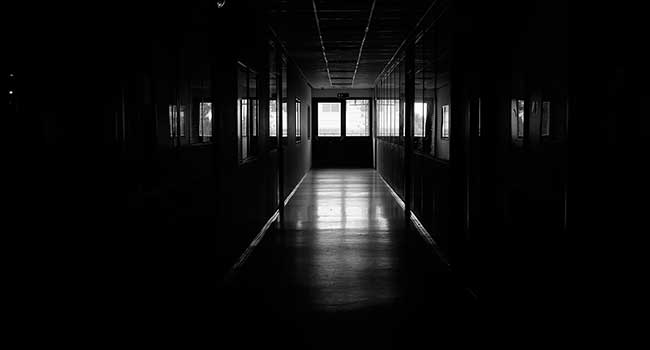
Active Shooter Drills Part of Sandy Hook's Legacy
In the five years since the Sandy Hook Elementary School shooting, in which 20 first-graders and six educators were killed, American schools have worked to increase security and ensure safety for their students and staff.
- By Jessica Davis
- December 15, 2017
In the five years since the Sandy Hook Elementary School shooting, in which 20 first-graders and six educators were killed, American schools have worked to increase security and ensure safety for their students and staff. One way schools hope to prepare for this kind of emergency is by running active shooter drills, which have become more prevalent in the years since Sandy Hook.
School lockdown drills began after the 1999 Columbine High School shooting in Littleton, Colorado, where two students killed 13 people and themselves. High schools began to run drills where doors were locked and windows were secured, with the goal of doing the same in a real emergency. After the 2012 Sandy Hook shooting in Newtown, Connecticut, these drills spread to schools for younger children.
For example, schools in Akron, Ohio, started active-shooter training at about the time of the Sandy Hook attack. The district now runs active shooter drills four times a year, tailoring them to each age group as appropriate, according to Dan Rambler, the district's director of student support services and security.
In younger grades, they often frame the issue as one of stranger danger, but Rambler says children often know what’s happening. Rambler’s son was in kindergarten during one of the earlier training sessions and Rambler recalls him saying that while it focused on bad people, “there are people who go to schools and shoot people."
The type of active-shooter drills run by schools can vary from simple, announced lockdown drills where students secure in place to evacuations or full-scale simulations where the scenario involves a mass shooter. Full-scale simulations have been highly criticized for potentially traumatizing students, such as one 2014 exercise at a Polk County school in Winter Haven, Florida, in which teachers, students and parents weren’t told that the police officer who barged into their middle school classroom with a gun was participating in a drill.
“We don’t want students to be scared, but we need them to be safe,” Polk County School District said in a statement. “Unfortunately, no one gets an advanced notice of real-life emergencies.”
Experts say that multiple factors can determine the best strategy for a school in the case of an active shooter. It’s difficult to assign one solution for all schools, even when it comes to the type of drill.
"You know, the common wisdom is you're going to lock your doors and hide in a corner. My daughter's classroom doesn't have a door. So a one-size-fits-all safety plan of 'lock your door and hide' isn't going to work for her classroom," said Shereen Walter, vice president of health and community concerns with the California Parent Teacher Association.
Katherine Cowan, the director of communications for the National Association of School Psychologists, said it’s “pretty clear” that the number of schools doing drills and training for active shooting scenarios “is exponentially more than before Newtown.”
In some cases, the training can save lives.
Last month in California, a gunman went on a rampage that included Rancho Tehama Elementary School. A secretary heard gunshots and made a call; 47 seconds later, the school was fully locked down. Ten seconds after that, the gunman was on campus. There were injuries, but no one was killed.
Last Thursday, a gunman entered a high school in Aztec, New Mexico, and carried out a planned attack, killing two students and himself. Staff and students avoided worse tragedy by implementing active-shooter procedures.
"We obviously do drills and hope that nothing ever happens," said Aztec Municipal School Superintendent Kirk Carpenter. "Our staff and even our substitutes reacted in a way that saved a lot of lives."
About the Author
Jessica Davis is the Associate Content Editor for 1105 Media.